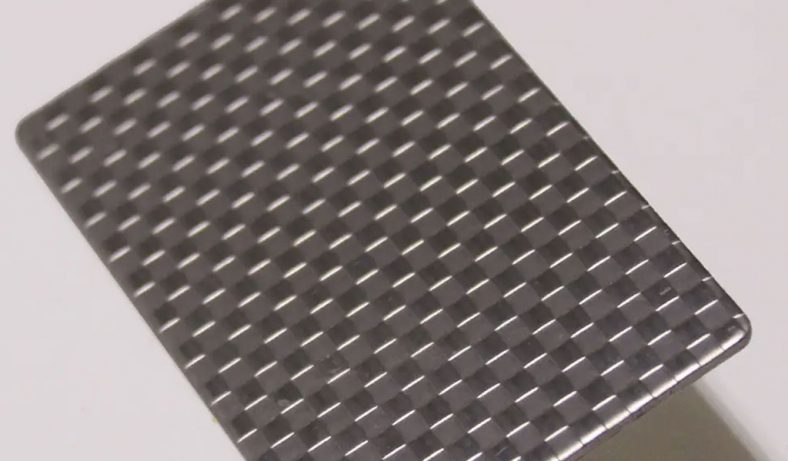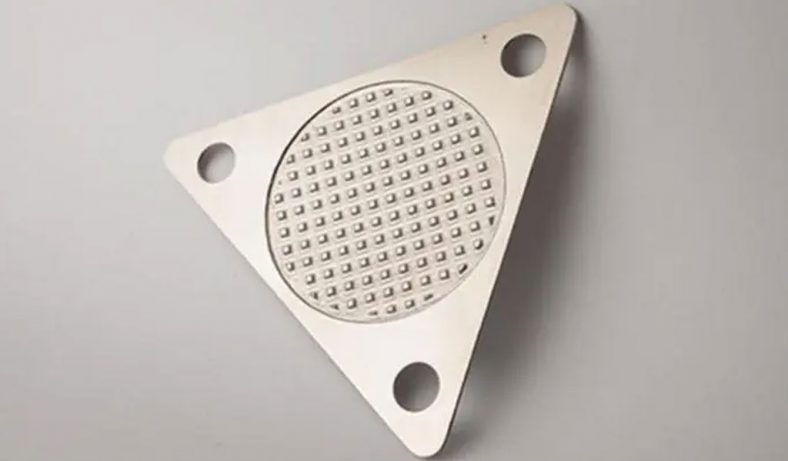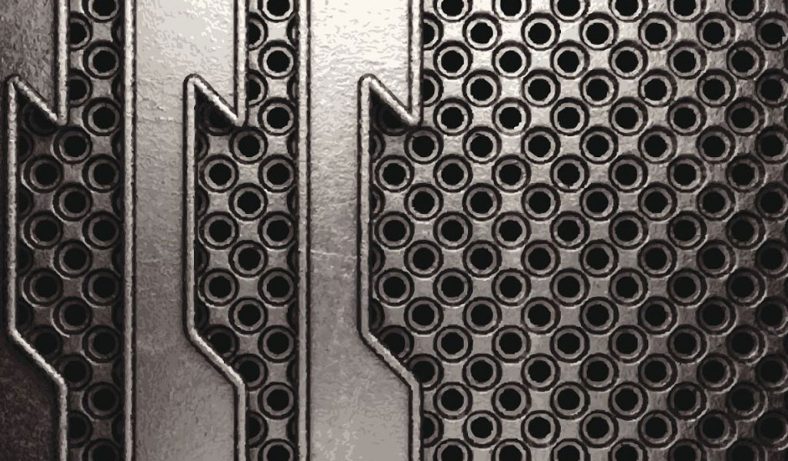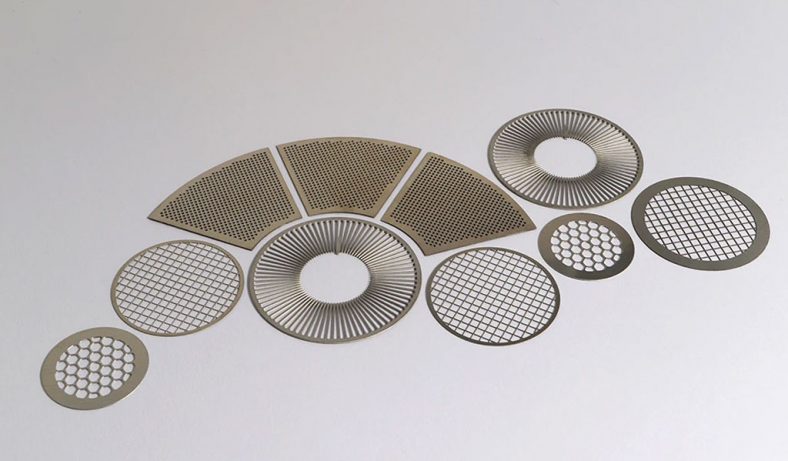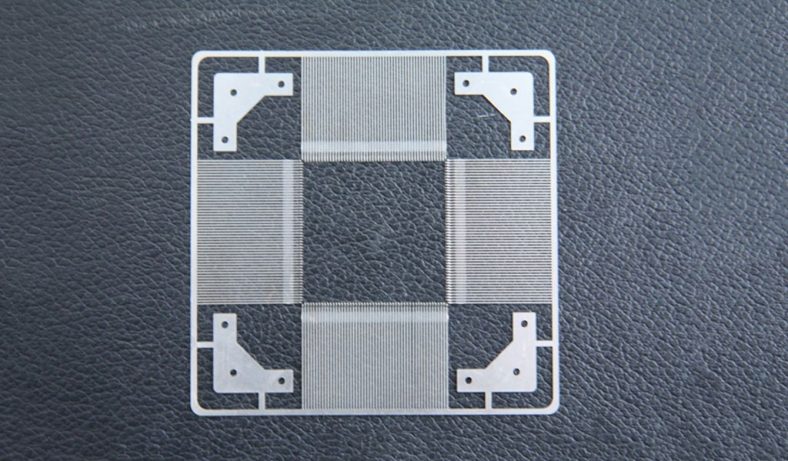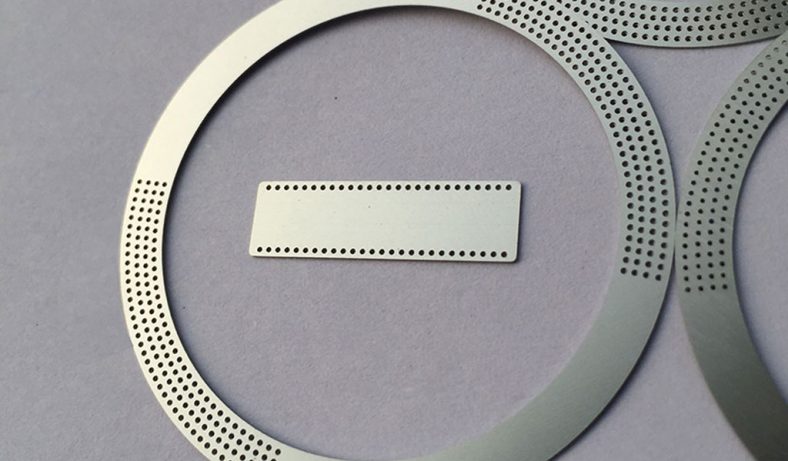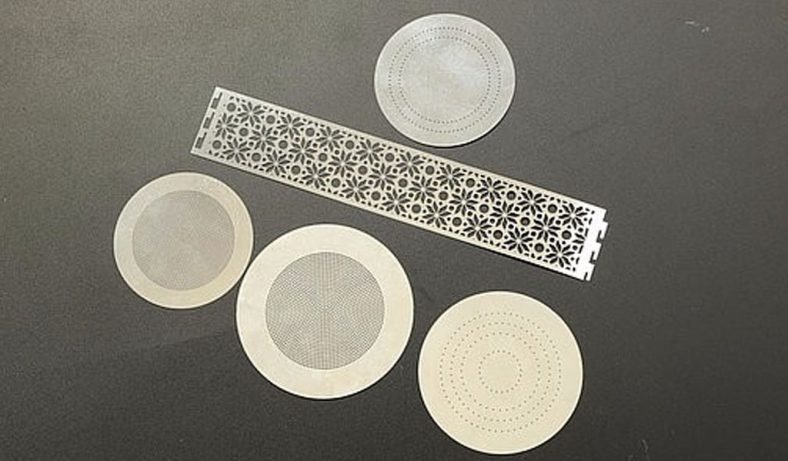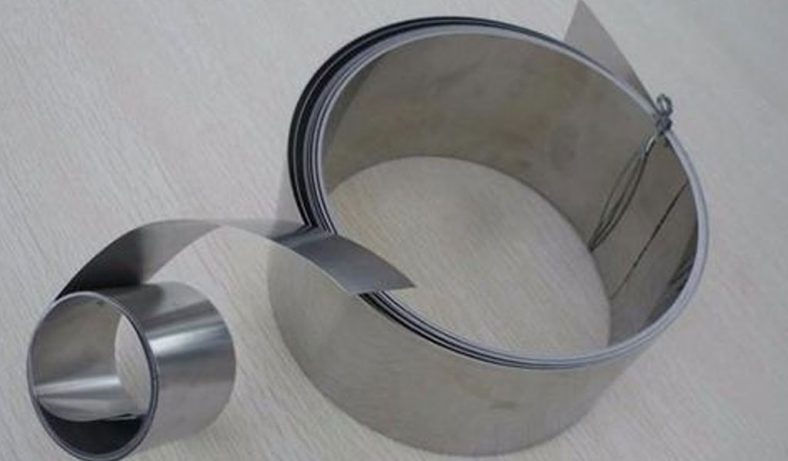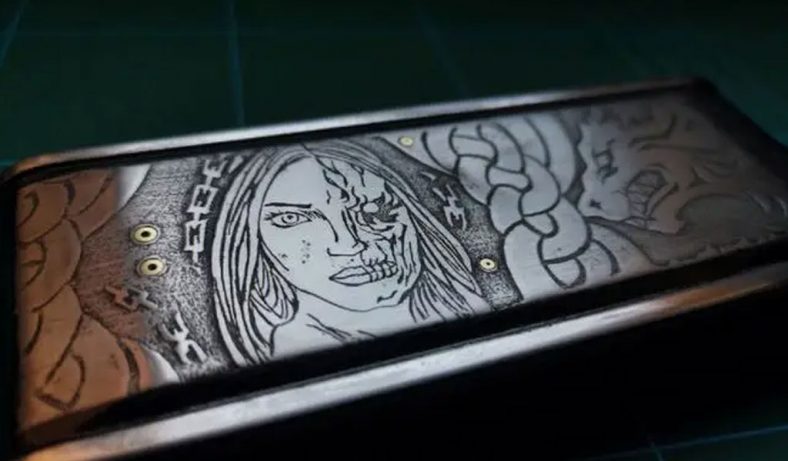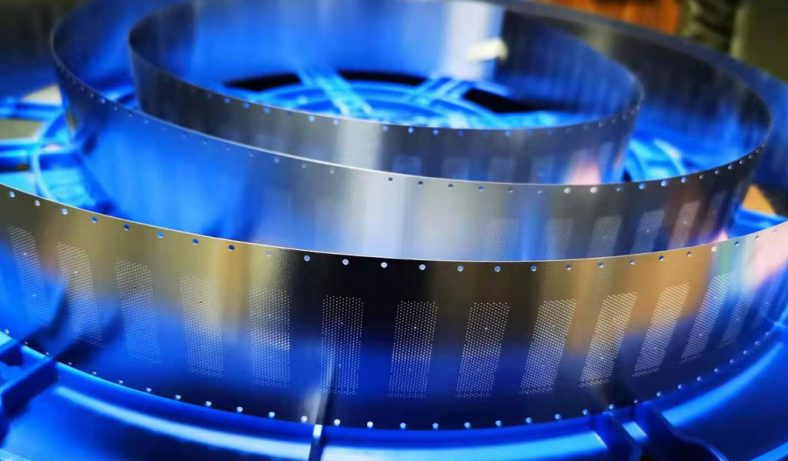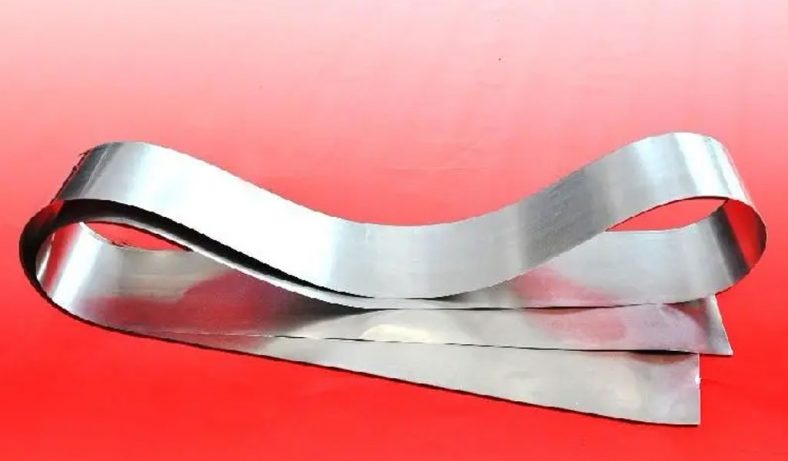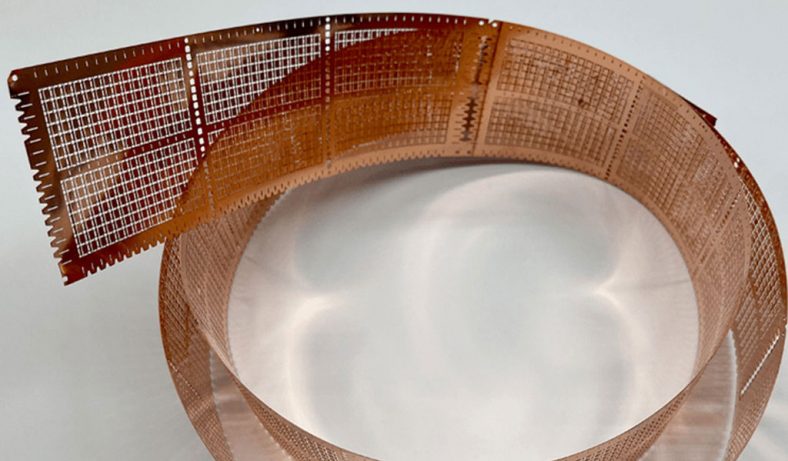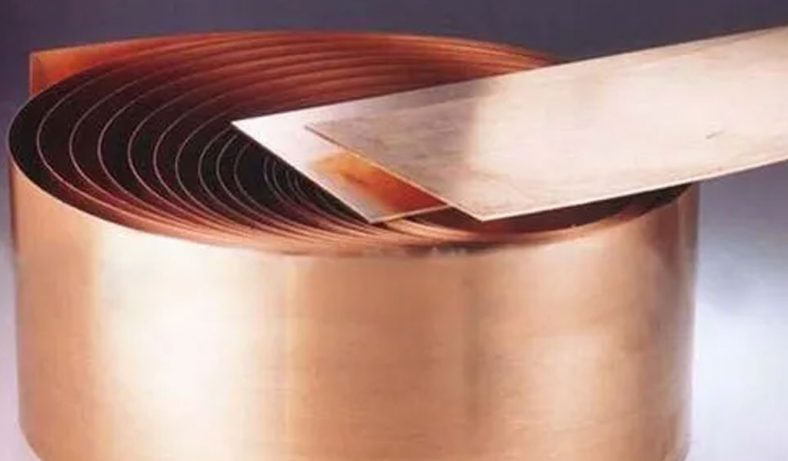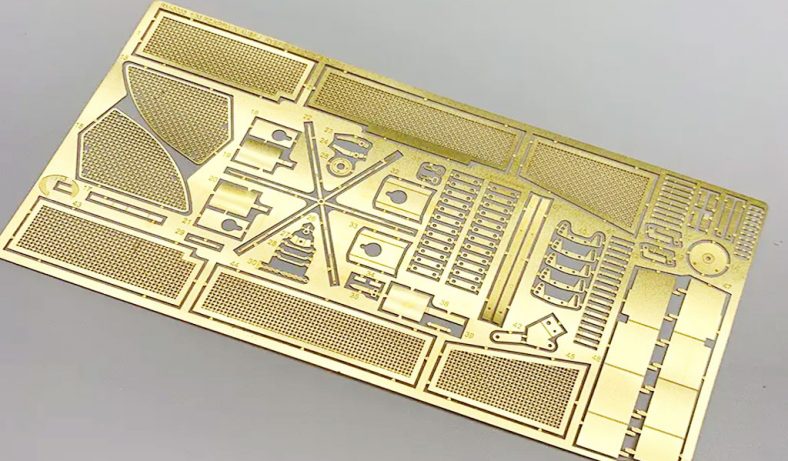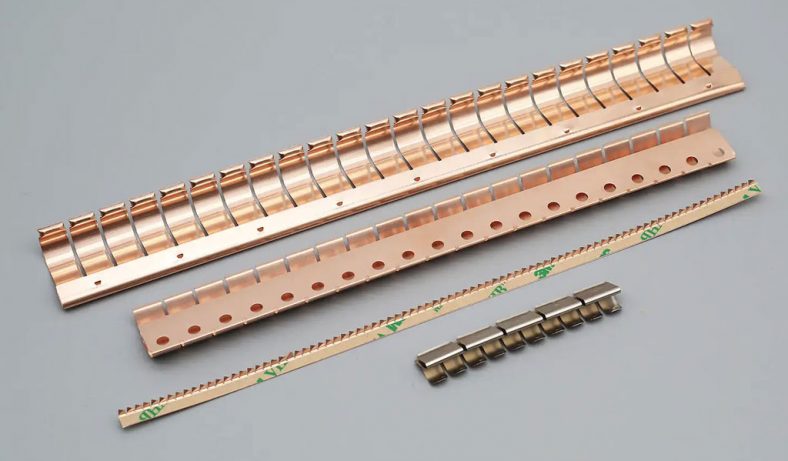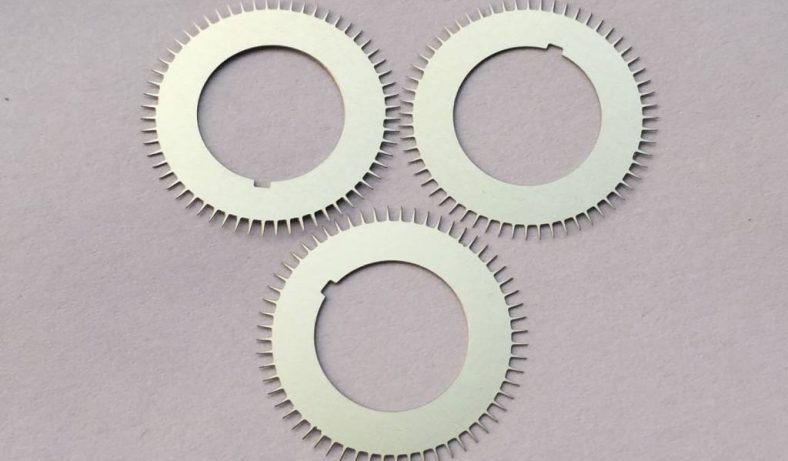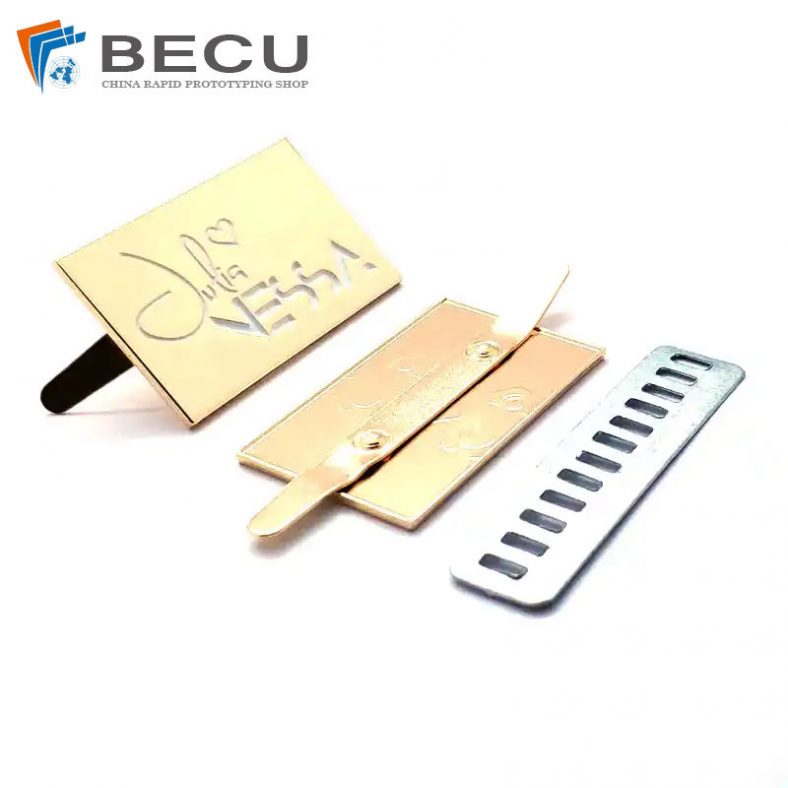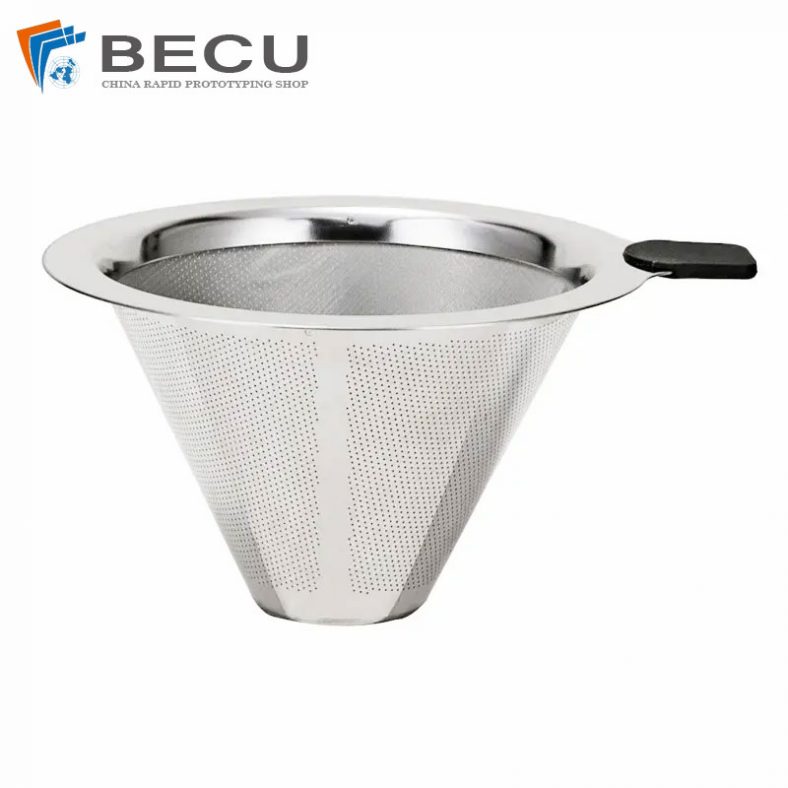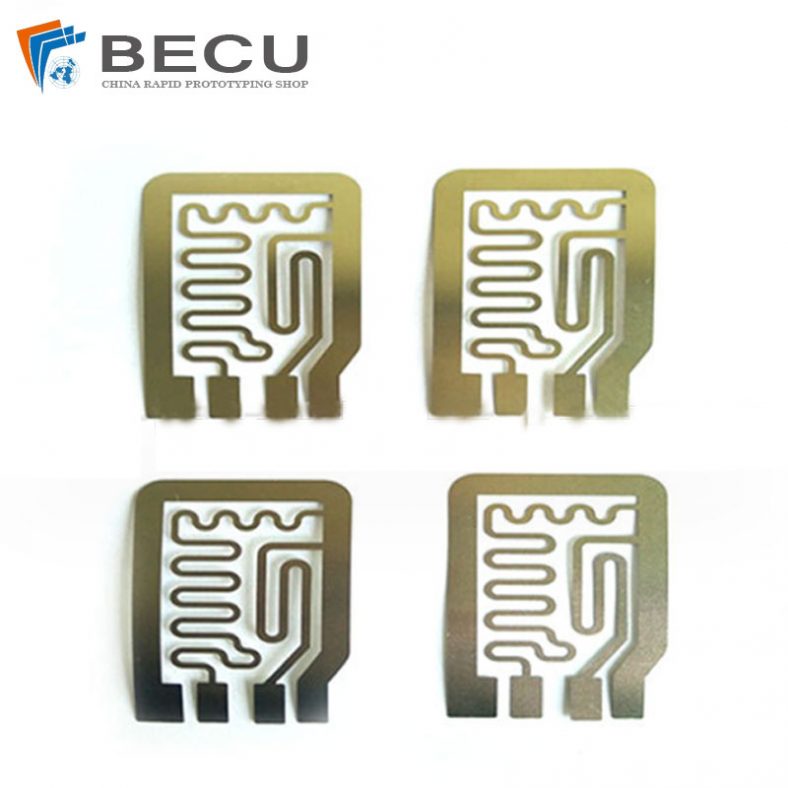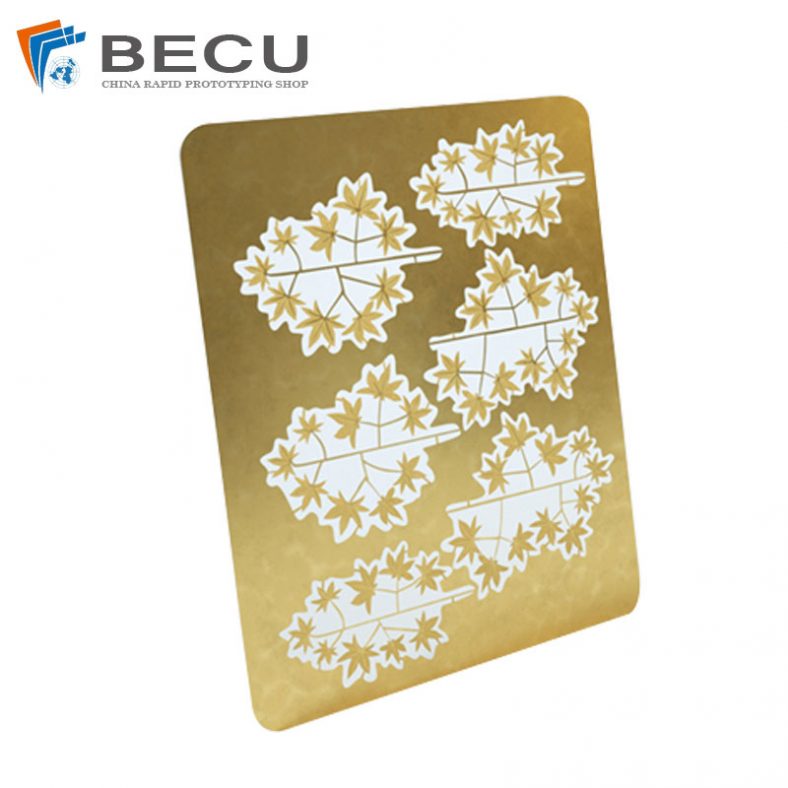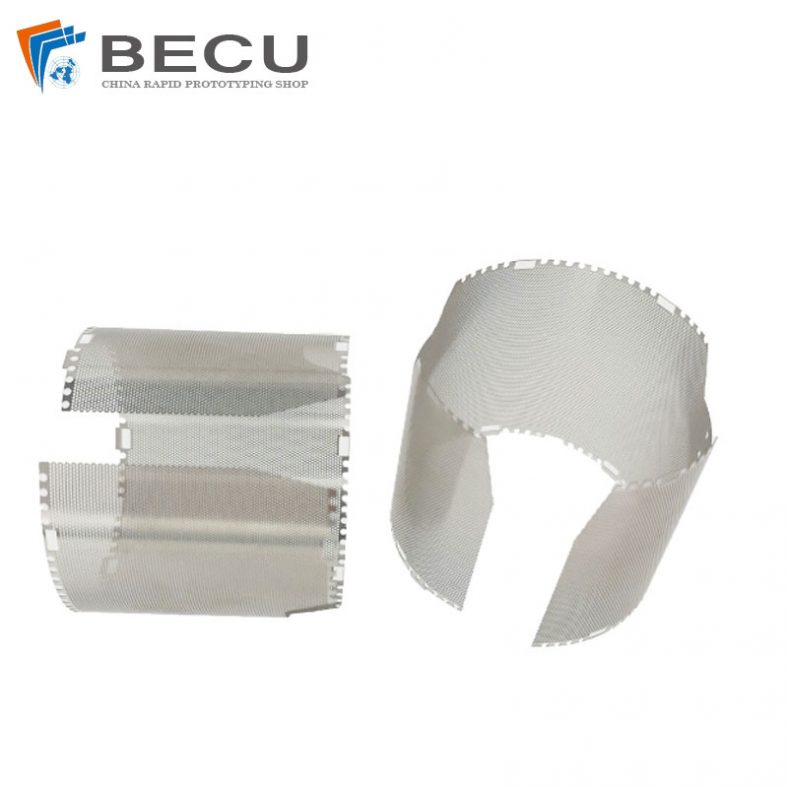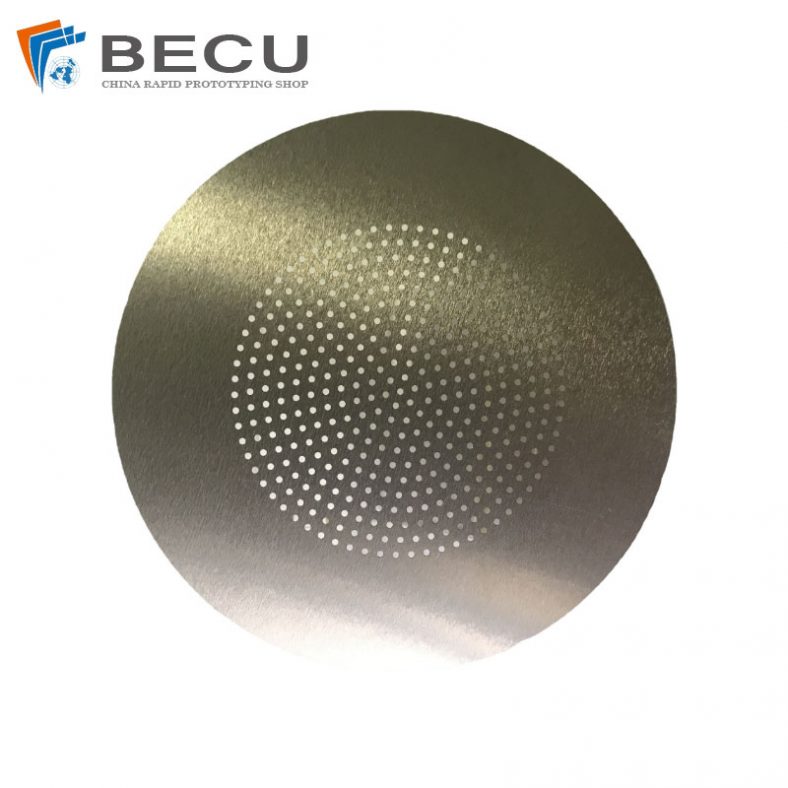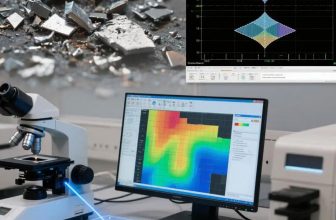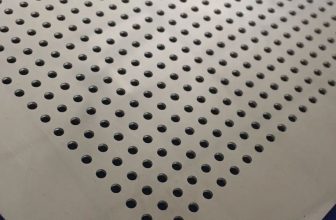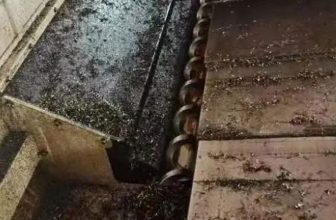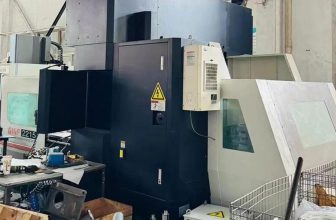Sapphire, a crystalline form of aluminum oxide (Al₂O₃), is a cornerstone material in the fabrication of gallium nitride (GaN)-based light-emitting diodes (LEDs). Its unique properties, including high thermal stability, chemical inertness, and optical transparency across a broad wavelength range, make it an ideal substrate for growing high-quality GaN epitaxial layers. However, the lattice mismatch between sapphire and GaN introduces defects that reduce the internal quantum efficiency (IQE) of LEDs. Additionally, the high refractive index of GaN leads to total internal reflection (TIR), limiting light extraction efficiency (LEE). To address these challenges, anisotropic etching of sapphire substrates—particularly through the creation of patterned sapphire substrates (PSS)—has emerged as a critical technique for enhancing LED performance.
Anisotropic etching refers to the preferential removal of material along specific crystallographic directions, resulting in well-defined, orientation-dependent surface features. In the context of sapphire, this process exploits the material’s trigonal crystal structure to create micro- or nanoscale patterns that improve both IQE and LEE. By reducing threading dislocations via epitaxial lateral overgrowth (ELOG) and enhancing light scattering to mitigate TIR, PSS technology has become ubiquitous in the LED industry. This article provides a comprehensive exploration of anisotropic etching of sapphire, detailing its mechanisms, methods, optimization strategies, and impact on LED efficiency. It includes comparative analyses, experimental insights, and future directions, aiming to serve as an authoritative resource for researchers, engineers, and industry professionals.
Sapphire as a Substrate for GaN-Based LEDs
Crystal Structure and Properties
Sapphire, or α-Al₂O₃, possesses a trigonal crystal structure (space group R3̅c) with a rhombohedral lattice. Its unit cell consists of alternating layers of aluminum and oxygen atoms, arranged in a hexagonal close-packed (HCP) configuration. The most commonly used orientation for LED substrates is the c-plane (0001), which provides a stable surface for GaN epitaxy. Key properties of sapphire relevant to LED applications include:
- Hardness: Sapphire ranks 9 on the Mohs scale, making it highly resistant to mechanical damage but challenging to process.
- Thermal Conductivity: Approximately 30–40 W·m⁻¹·K⁻¹ at room temperature, enabling efficient heat dissipation in high-power LEDs.
- Chemical Stability: Sapphire is inert to most acids and bases at room temperature, necessitating high-temperature or plasma-based etching processes.
- Optical Transparency: Transparent from ultraviolet (UV) to near-infrared (NIR), with a refractive index of ~1.76 at 450 nm, suitable for blue LED emission.
- Lattice Mismatch with GaN: A 16% mismatch in lattice constants (sapphire: a = 4.758 Å; GaN: a = 3.189 Å) induces threading dislocations in GaN films.
These properties underpin sapphire’s dominance as an LED substrate, despite challenges posed by its hardness and lattice mismatch.
Challenges in GaN Epitaxy on Sapphire
The lattice mismatch between sapphire and GaN results in a high density of threading dislocations (10⁹–10¹⁰ cm⁻²), which act as non-radiative recombination centers, reducing IQE. Additionally, the refractive index contrast between GaN (n ≈ 2.4) and air (n = 1) causes TIR at the GaN/air interface, trapping a significant portion of emitted light within the LED chip. The critical angle for TIR, calculated using Snell’s law, is approximately 23.58°, meaning only a small fraction of light escapes without intervention.
To mitigate these issues, researchers have developed techniques such as ELOG, buffer layers, and PSS. While ELOG reduces dislocations, it requires complex growth interruptions and masks, lowering production yield. PSS, achieved through anisotropic etching, offers a maskless, single-step solution that simultaneously improves IQE and LEE, making it the preferred approach in modern LED manufacturing.
Fundamentals of Anisotropic Etching
Definition and Principles
Anisotropic etching is a process in which the etch rate varies with crystallographic orientation, resulting in direction-dependent material removal. Unlike isotropic etching, which produces uniform, rounded features, anisotropic etching creates faceted structures aligned with the crystal’s atomic planes. In sapphire, this behavior arises from differences in the atomic bonding and surface energy of various crystallographic planes, such as the c-plane (0001), a-plane (11̅20), m-plane (1̅100), and r-plane (1̅102).
The etch rate of a given plane is governed by the density and strength of chemical bonds exposed on its surface. Planes with higher bond density or stronger bonds (e.g., c-plane) etch more slowly, while those with weaker or fewer bonds (e.g., r-plane) etch faster. This differential etching enables the formation of geometric patterns, such as cones, pyramids, or hemispheres, which are critical for PSS applications.
Etching Mechanisms in Sapphire
Sapphire’s chemical inertness necessitates aggressive etching conditions, typically involving high temperatures or reactive plasmas. The primary mechanisms of anisotropic etching in sapphire include:
- Chemical Reaction: Etchants such as sulfuric acid (H₂SO₄) and phosphoric acid (H₃PO₄) react with surface aluminum atoms to form soluble compounds (e.g., Al₂(SO₄)₃ or AlPO₄). The reaction rate depends on the availability of reactive sites, which varies by crystal plane.
- Surface Diffusion: At high temperatures, surface atoms may diffuse before reacting, influencing the morphology of etched features.
- Masking Effects: Hard masks (e.g., SiO₂, Ni) protect specific areas, directing etching to exposed regions and enhancing anisotropy.
- Crystal Anisotropy: The trigonal symmetry of sapphire results in distinct etch rates for different planes, leading to faceted structures.
These mechanisms are modulated by etching parameters, including etchant composition, temperature, and duration, which are discussed in subsequent sections.
Methods of Anisotropic Etching
Wet Etching
Wet etching is the most widely used method for creating PSS due to its simplicity, scalability, and ability to produce smooth, damage-free surfaces. It typically involves a mixture of H₂SO₄ and H₃PO₄ at high temperatures (200–300°C), with the following characteristics:
- Etchant Composition: A common ratio is 3:1 (H₂SO₄:H₃PO₄ by volume), which balances etching rate and surface quality. H₃PO₄ acts as a buffer, improving the smoothness of etched planes, while H₂SO₄ enhances reactivity.
- Temperature Dependence: Etch rates increase exponentially with temperature. For example, at 260°C, the etch rate may be 1 µm/min, doubling at 300°C.
- Masking: SiO₂ or Ni masks are patterned via photolithography to define the PSS geometry. The mask must withstand high temperatures and aggressive etchants.
- Pattern Evolution: Wet etching transforms initial patterns (e.g., hemispheres) into faceted structures, such as triangular pyramids with r-plane (1̅102) facets, due to anisotropic etch rates.
Table 1: Comparison of Wet Etching Parameters for Sapphire
| Parameter | Typical Value | Effect on Etching |
|---|---|---|
| Etchant Ratio (H₂SO₄:H₃PO₄) | 3:1 | Balances etch rate and surface quality |
| Temperature (°C) | 200–300 | Exponential increase in etch rate |
| Etch Rate (µm/min) | 0.5–2 | Higher at elevated temperatures |
| Mask Material | SiO₂, Ni | Must resist high-temperature etchants |
| Surface Morphology | Smooth, faceted | Improved by H₃PO₄ buffering |
Wet etching’s advantages include low cost, high throughput, and minimal surface damage. However, it is less precise than dry etching and requires careful control to avoid over-etching.
Dry Etching
Dry etching, particularly inductively coupled plasma (ICP) etching, offers greater precision and control over pattern geometry. It uses reactive gases (e.g., Cl₂, BCl₃, Ar) to remove material via physical and chemical mechanisms:
- Plasma Chemistry: Chlorine-based plasmas (Cl₂/BCl₃) are effective for sapphire, achieving etch rates up to 377.5 nm/min with a 50:50 Cl₂:BCl₃ mixture.
- Anisotropy: High-energy ions bombard the surface, enhancing vertical etching and producing sharp features.
- Masking: Photoresist or metal masks (e.g., Ni) are used, though photoresist may degrade at high temperatures.
- Surface Damage: Dry etching can introduce subsurface damage, potentially degrading GaN epitaxy quality.
Table 2: Comparison of Dry Etching Parameters for Sapphire
| Parameter | Typical Value | Effect on Etching |
|---|---|---|
| Gas Mixture | Cl₂/BCl₃ (50:50) | Maximizes etch rate |
| Etch Rate (nm/min) | 150–377.5 | Increases with BCl₃ content |
| ICP Power (W) | 600–800 | Enhances plasma density |
| Bias Voltage (V) | -300 | Improves anisotropy |
| Surface Roughness (nm) | 1.43–5.3 | Smoother with optimized conditions |
Dry etching is ideal for high-aspect-ratio nanostructures but is slower and more expensive than wet etching, limiting its use in high-volume production.
Laser-Assisted Etching
Laser-assisted etching combines femtosecond laser irradiation with chemical etching to create micro- or nanostructures. The process involves:
- Laser Amorphization: Femtosecond pulses transform crystalline sapphire into amorphous regions, which etch faster in hydrofluoric acid (HF) or H₂SO₄:H₃PO₄ mixtures.
- Selective Etching: Amorphous regions exhibit etch selectivities up to 10⁴, enabling precise patterning.
- Double-Pulse Processing: Using double pulses with crossed polarizations and a 10 ps delay can double the etch rate compared to single-pulse processing.
Table 3: Comparison of Laser-Assisted Etching Parameters
| Parameter | Typical Value | Effect on Etching |
|---|---|---|
| Laser Type | Femtosecond | Induces amorphization |
| Etchant | HF, H₂SO₄:H₃PO₄ | HF removes amorphous material |
| Etch Rate (µm/h) | >160 | Enhanced by double pulses |
| Selectivity | 10⁴ | High for amorphous vs. crystalline |
| Feature Size (nm) | 250–2000 | Sub-micron resolution possible |
Laser-assisted etching is promising for nanophotonics but is less scalable for large-area PSS fabrication.
Optimization of Etching Parameters
Etchant Composition
The ratio of H₂SO₄ to H₃PO₄ significantly affects etch rate and surface morphology. A 3:1 ratio is optimal for wet etching, providing a balance between reactivity and smoothness. Increasing H₂SO₄ content enhances the etch rate of the c-plane but may degrade surface quality. In dry etching, adding BCl₃ to Cl₂ improves etch rate and selectivity over photoresist.
Temperature
Temperature is a critical factor in wet etching, with rates increasing exponentially from 200°C to 300°C. However, excessively high temperatures (>300°C) can roughen surfaces. In dry etching, substrate temperatures are typically kept below 140°C to prevent photoresist burning.
Pattern Design
The initial pattern geometry (e.g., hemispheres, cylinders) influences the final PSS morphology. For example, wet etching of hemispherical patterns often results in triangular pyramids with r-plane facets. Nanopatterned substrates (NPSS) with convex nanostructures (e.g., cones, pillars) outperform concave structures (e.g., holes) in LEE enhancement, as shown in 3D finite-difference time-domain (FDTD) simulations.
Table 4: Comparison of PSS Pattern Geometries
| Pattern Type | Shape | LEE Enhancement (%) | Dislocation Reduction (%) |
|---|---|---|---|
| Hemispherical | Semi-sphere | 71 | 50 |
| Triangular Pyramid | r-plane facets | 67 | 60 |
| Nanopillar | Convex cone | 95–97 | 70 |
| Nanohole | Concave | 116 | 40 |
Etching Time
Etching duration affects pattern evolution. Prolonged wet etching can convert semi-spherical patterns into pyramids, while over-etching may erode desired features. Optimal etching times depend on the target pattern and etchant conditions.
Impact on LED Efficiency
Internal Quantum Efficiency (IQE)
PSS reduces threading dislocations through ELOG, where GaN grows laterally over patterned features, bending dislocations away from the active region. Transmission electron microscopy (TEM) studies show that dislocation densities in GaN on PSS is significantly lower than on flat sapphire, improving IQE by up to 60%.
Light Extraction Efficiency (LEE)
PSS enhances LEE by scattering light at the GaN/sapphire interface, reducing TIR. Monte Carlo ray-tracing simulations indicate that PSS with convex nanostructures (e.g., cones) increases top-surface emission by up to 97%. The dihedral angle between pattern facets and the c-plane also influences light emission patterns, optimizing white-light LED package efficiency.
Device Performance
LEDs fabricated on PSS exhibit higher light output power (LOP) and external quantum efficiency (EQE). For example, LEDs on wet-etched PSS show a 37% LOP increase compared to flat substrates, while NPSS can boost LEE by 116–230% in Mini- and Micro-LEDs.
Table 5: Performance Comparison of LEDs on Different Substrates
| Substrate Type | LOP Increase (%) | EQE (%) | Dislocation Density (cm⁻²) |
|---|---|---|---|
| Flat Sapphire | 0 | 20–30 | 10⁹–10¹⁰ |
| Wet-Etched PSS | 37 | 35–45 | 10⁸ |
| ICP-Etched PSS | 17 | 30–40 | 10⁸–10⁹ |
| NPSS (Convex) | 95–97 | 50–60 | 10⁷–10⁸ |
Advanced Techniques and Innovations
Nanopatterned Sapphire Substrates (NPSS)
NPSS, with feature sizes below 500 nm, offer superior LEE enhancement compared to microscale PSS. Techniques such as nanoimprint lithography and anodic alumina templating enable precise NPSS fabrication. Orthogonal experiments show that nanostructure height/depth is the dominant factor affecting LEE, followed by diameter and spacing.
Multilayer Etching Masks
Multilayer masks (e.g., polymer/SiO₂) increase etch selectivity, enabling high-aspect-ratio nanostructures. These masks achieve aspect ratios >2, with applications in nanophotonics and metasurfaces.
Laser-Guided Anisotropic Etching (LGAE)
LGAE uses Bessel beam lasers to create high-aspect-ratio modified lines, guiding anisotropic etching along specific tracks. This method produces sharp, customizable microstructures with potential for diffractive optical elements.
Challenges and Limitations
Surface Damage
Dry etching can introduce subsurface damage, degrading GaN epitaxy quality. Wet etching, while gentler, may produce uneven patterns if not precisely controlled.
Scalability
Wet etching is highly scalable, but dry and laser-assisted methods are slower and costlier, limiting their use in high-volume production.
Cost
PSS fabrication increases substrate costs by 20–25% compared to flat sapphire. However, the performance gains often justify the expense in high-brightness LEDs.
Future Directions
Integration with Mini- and Micro-LEDs
NPSS are critical for next-generation Mini- and Micro-LED displays, which require high brightness and low power consumption. Optimizing nanopattern designs for these applications is a key research focus.
Hybrid Etching Approaches
Combining wet and dry etching, or laser-assisted and chemical etching, could balance precision and scalability, enabling new PSS morphologies.
Sustainable Etching Processes
Developing environmentally friendly etchants (e.g., replacing toxic HF) and reducing energy consumption in high-temperature etching are priorities for sustainable LED manufacturing.
Conclusion
Anisotropic etching of sapphire has revolutionized GaN-based LED technology by enabling PSS that enhance both IQE and LEE. Wet etching remains the dominant method due to its simplicity and scalability, while dry and laser-assisted techniques offer precision for advanced applications. Through careful optimization of etchant composition, temperature, and pattern design, PSS achieve significant performance gains, with NPSS pushing the boundaries for Mini- and Micro-LEDs. Despite challenges such as surface damage and cost, ongoing innovations in etching techniques and materials promise to further improve LED efficiency, paving the way for next-generation lighting and display technologies.

